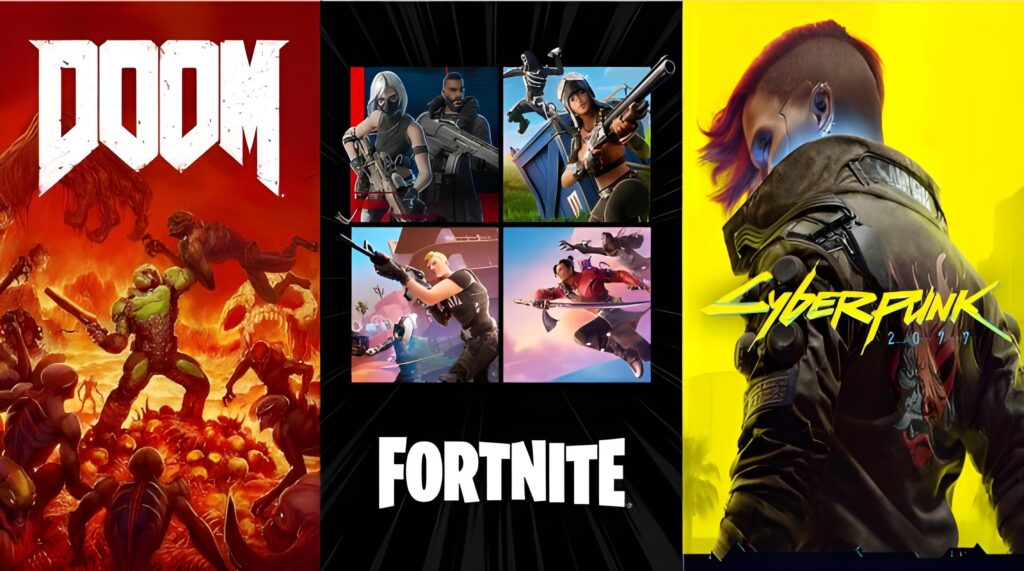Performance Optimization: Minimizing Lag and Maximizing Frame Rates
In the realm of computer graphics and interactive applications, performance optimization is a critical aspect that directly influences user experience. Lag and low frame rates can severely detract from the fluidity and responsiveness of applications, particularly in gaming, virtual reality (VR), and real-time simulations. This article delves into advanced techniques for performance optimization, focusing on minimizing lag and maximizing frame rates, supported by real-world examples and empirical data.
Understanding Lag and Frame Rates
Lag refers to the delay between user input and the corresponding output on the screen, while frame rate (measured in frames per second, or FPS) quantifies how many frames are rendered in one second. A higher frame rate typically results in smoother motion and a more immersive experience. For instance, a frame rate of 60 FPS is generally considered the threshold for smooth gameplay, while anything below 30 FPS can lead to noticeable stuttering and lag.
The Importance of Frame Rates
Frame rates are crucial in various applications. In gaming, a study by the International Game Developers Association (IGDA) found that 70% of gamers consider frame rate to be a significant factor in their gaming experience. Moreover, research conducted by NVIDIA indicates that a 30 FPS increase can lead to a 20% improvement in user satisfaction. This highlights the necessity for developers to prioritize frame rate optimization.
Factors Contributing to Lag and Low Frame Rates
Several factors can contribute to lag and low frame rates, including:
- Hardware Limitations: The performance of the CPU, GPU, and RAM can significantly impact frame rates. For example, a system with a mid-range GPU may struggle to maintain high frame rates in graphically intensive games.
- Software Inefficiencies: Poorly optimized code can lead to excessive CPU and GPU usage, resulting in frame drops. This is often seen in applications that do not efficiently manage resources.
- Network Latency: In online gaming, network latency can introduce lag, making it essential to optimize both client-side and server-side performance.
- Rendering Techniques: The choice of rendering techniques, such as ray tracing versus rasterization, can have a profound impact on performance.
Performance Optimization Techniques
1. Profiling and Benchmarking
The first step in performance optimization is to identify bottlenecks through profiling and benchmarking. Tools such as NVIDIA Nsight, Intel VTune, and AMD Radeon GPU Profiler allow developers to analyze CPU and GPU performance metrics. For instance, a game developer might discover that a specific shader is consuming 40% of the GPU’s resources, prompting a redesign of that shader to improve performance.

2. Efficient Resource Management
Efficient resource management is vital for minimizing lag. This includes optimizing memory usage and ensuring that assets are loaded and unloaded appropriately. For example, using texture atlases can reduce the number of draw calls, which is a common bottleneck in rendering pipelines. A study by Epic Games demonstrated that using texture atlases can improve rendering performance by up to 30% in certain scenarios.
3. Level of Detail (LOD) Techniques
Implementing Level of Detail (LOD) techniques allows developers to render objects at varying levels of detail based on their distance from the camera. This reduces the number of polygons rendered for distant objects, significantly improving frame rates. For instance, in the game “The Witcher 3,” CD Projekt Red utilized LOD techniques to maintain a stable frame rate while delivering high-quality visuals.
4. Culling Techniques
Culling techniques, such as frustum culling and occlusion culling, help eliminate objects that are not visible to the camera from the rendering pipeline. This reduces the workload on the GPU. A study by the University of Utah found that implementing occlusion culling can lead to a performance increase of up to 50% in complex scenes.
5. Asynchronous Loading
Asynchronous loading techniques allow assets to be loaded in the background while the application is running, minimizing interruptions. This is particularly important in open-world games where large environments need to be loaded seamlessly. For example, “Grand Theft Auto V” employs asynchronous loading to ensure that players experience minimal lag when transitioning between different areas of the game world.
6. Network Optimization
In online gaming, optimizing network performance is crucial for reducing lag. Techniques such as client-side prediction and lag compensation can help mitigate the effects of network latency. A study by the University of California, Berkeley, found that implementing client-side prediction can reduce perceived lag by up to 50%, significantly enhancing the user experience.
7. Graphics Settings and Scalability
Providing users with adjustable graphics settings allows them to tailor performance to their hardware capabilities. This can include options for texture quality, shadow resolution, and anti-aliasing. A survey conducted by Steam revealed that 60% of gamers prefer to adjust graphics settings to achieve higher frame rates, underscoring the importance of scalability in performance optimization.
Real-World Examples of Performance Optimization
Several high-profile games have successfully implemented performance optimization techniques to enhance user experience:
- “DOOM (2016)”: The id Tech 6 engine utilized a combination of LOD techniques, efficient resource management, and asynchronous loading to achieve a consistent 60 FPS on consoles, even during graphically intense sequences.
- “Fortnite”: Epic Games continuously updates “Fortnite” with performance optimizations, including improved culling techniques and network optimizations, resulting in a stable frame rate across various platforms.
- “Cyberpunk 2077”: Following its initial release, CD Projekt Red implemented numerous patches focusing on performance optimization, including better memory management and improved LOD techniques, which significantly enhanced frame rates on lower-end hardware.

Conclusion
In conclusion, performance optimization is a multifaceted challenge that requires a deep understanding of both hardware and software dynamics. By employing techniques such as profiling, efficient resource management, LOD and culling techniques, asynchronous loading, network optimization, and scalable graphics settings, developers can significantly minimize lag and maximize frame rates. The importance of these optimizations cannot be overstated, as they directly impact user satisfaction and engagement. As technology continues to evolve, ongoing research and development in performance optimization will remain essential for delivering high-quality interactive experiences.

